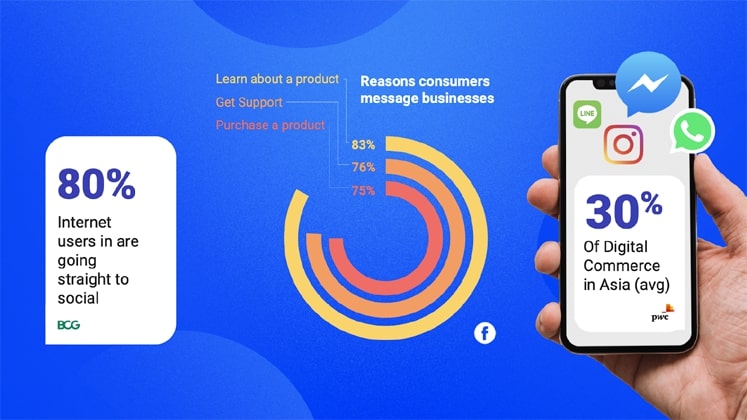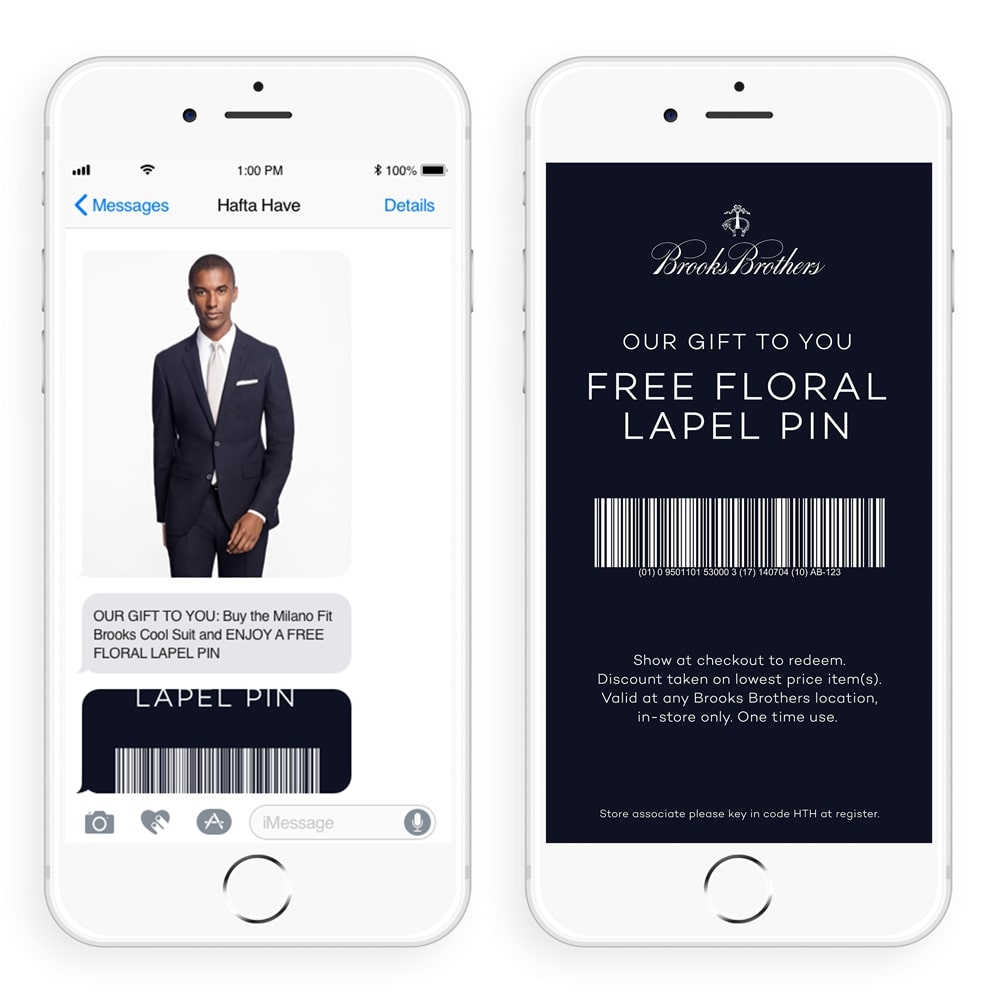
Since the apparel industry is witnessing some major transformations like change in consumer buying behaviour, adoption of online shopping, increase in influencer marketing, etc., the tech solutions also have to be modified to meet the current needs of the industry. Below are few tech innovations that are answers to the changing needs of fashion retail and are helping retailers to stay relevant while preparing for the future world.
Experiential e-commerce platform
If we think about online shopping today, almost every website looks the same with a white background, a grid of thumbnails, and shopping for every product on the same interface. This interface was created by Amazon 25 years ago to sell books – which is now used for every product and every brand, but the fact of the matter is that today’s consumers want visual content and expect interactivity experiences. “Experiential purchasing is now expected to come to e-commerce and is expected to become the main factor to drive the growth of fashion e-commerce in the next 4 years – a trend accelerated by COVID-19,” said Neha Singh, Founder and CEO, Obsess.
Obsess, based in the USA, is an Augmented Reality (AR) and Virtual Reality (VR) platform for experiential e-commerce that helps online retailers to convert their basic user interface into a visual, creative and interactive one. This is done by the creation of virtual stores/showrooms using 3D experience through the company’s proprietary patent pending technology. These virtual stores are created entirely on the web, therefore eliminating the need for any special app or VR headsets. “What we’ve seen from these virtual stores have increased customer engagement, loyalty and conversion rates,” said Neha. This is done in two ways – first, by photographing the real retail store and presenting it digitally to reach a wider audience, and second, by creating an entirely new virtual showroom using CGI. Both the types use high-resolution rendering that allows buyers to see merchandise in detail.
Customers crave for something new every day, be it a new trend, collection or experience. Today, e-commerce presence is vital for survival; to offer something new to the consumers, it is of paramount importance to be different and realise how to be different. Therefore, retailers should start focusing on solutions like these to stand out in the competition and offer something exciting to maintain customers’ interest in their brands.
Also Read: PLM and its significance in fashion retail post-pandemic
Conversational commerce
E-commerce lacks a face-to-face connection; however, today we have technologies that are helping brands and retailers to automate the conversation for maintaining connectivity. Since customers today are using different modes of communication like messaging applications where they like to shop and talk, retailers using technology should directly reach out to the consumers where they hang out. “We are bringing back the human touch into e-commerce, as we are helping businesses to go direct from consumers through all platforms like social media and messaging channels,” said Nyha Shree, Co-founder, Jumper.ai.

Jumper.ai, based in Singapore, is an AI-powered chatbot solution and an all-in-one conversational platform that allows retailers to take orders, support customers and automate marketing on popular social messaging channels. The integration of the solution will allow a brand’s customers to establish a connection from anywhere including an Instagram/Facebook post or a direct message on iMessage, WhatsApp or on chatbot on the website. Retailers can automate responses and can also connect the query to a human representative when it needs any human intervention. The solution allows answering queries, providing product recommendation and customers can shop using these messengers, ask for options, pay for their purchases and receive the order receipts on the same chat. “Retailers can send reminders or updates, future promotions right within these channels, and with jumper.ai, this can be done even across channels. We give one solution to manage the customers across multiple messaging applications to be able to optimise conversation through the mix of human plan advisors as well as information” said Nyha.
Since e-commerce has now become customers’ first choice to shop for products, the conversational AI can help brands and retailers address customer queries in real time. The solution will establish a better interaction with customers, establishing their trust in the brand.
Also Read: Expanding online business cross-border
Online broadcasting shopping platform
Since social media is the new destination to shop, BuyWidth is an online broadcasting shopping platform for influencers and brands to shop with their followers in real time. The platform allows retailers and influencers to hold virtual shopping events on the e-commerce websites and create direct sales for brands. The technology helps in conducting virtual shopping events, sessions with influencers or celebrities launching new collections or sale virtually, and sessions with experts and store representatives.

The tech provider sets the date and time and then gives the link to influencers, experts for promoting it on social media where the followers can get it and join the session. It also has a special ‘Want’ button on products, allowing consumers to click on it and add products to their wish lists. The solution utilises a unique patent pending screen sharing technology that enables influencers to perform sessions from their mobile phones; no app is needed or no code integration for brands is required.
In China alone, the live stream market is US $ 63 billion and 9 per cent of the e-commerce sales; and the market is expected to grow globally in the times of come. Therefore, it’s important for brands to get ready for the new sales channel which is social media and adopt technologies that can help in better sales conversion through the platform most preferred by customers.
The in-store experience
Since a lot of retailers are expanding to online, the offline retailers will have to go an extra mile to maintain the interest of shoppers in offline shopping. Online retailers have the leverage of access to customer data and utilise it for offering personalised experiences. At the same time, offline retailers too can personalise the customer shopping experience through technology like SMS. Hafta Have, based in Los Angeles, US, is a platform that empowers offline retailers to perform like an e-commerce channel. The technology helps offline retailers with data to understand the in-store consumer behaviour including what they are looking for, size, colour, etc.

Customers shopping in stores are required to take photos or scan product tags to find out more information about the products. These products can be added to the digital cart in the store and brands can later re-target customers with product-specific text messages. The tech requires no special application or hardware; it only requires the customers to capture photos and send them to the number or code assigned to retailers. Based on it, they receive tailored discounts and offers on the products that customers are looking for, creating better interaction. It also generates cross channel sales and omnichannel environment for customers, connecting the online and offline attributes.
The new normal would certainly change a lot of things post COVID-19. One will be the change in consumer habit of shopping, therefore while working on the recovery journey, businesses should not miss out the opportunity to prepare themselves for the future, as a lot of retailers are already there. Therefore, it’s important to understand the business type and become customer-centric, as that’s the need of the hour to stay relevant and retain existing customers while making new ones.
Also Read: Indian start-ups bank on technology to transform fashion retail






